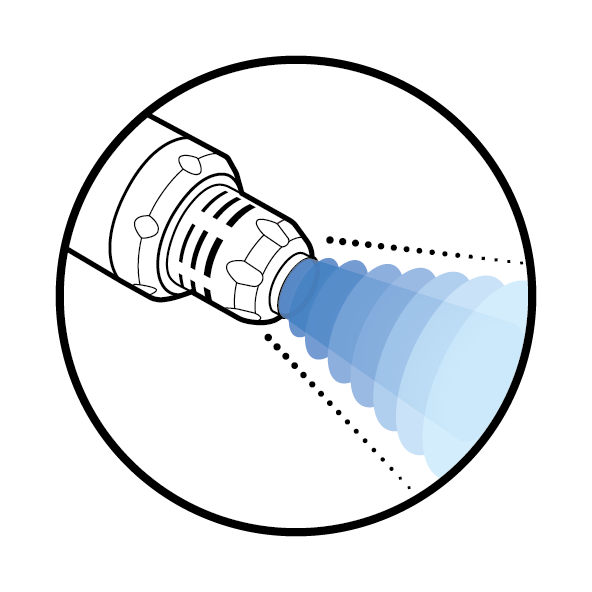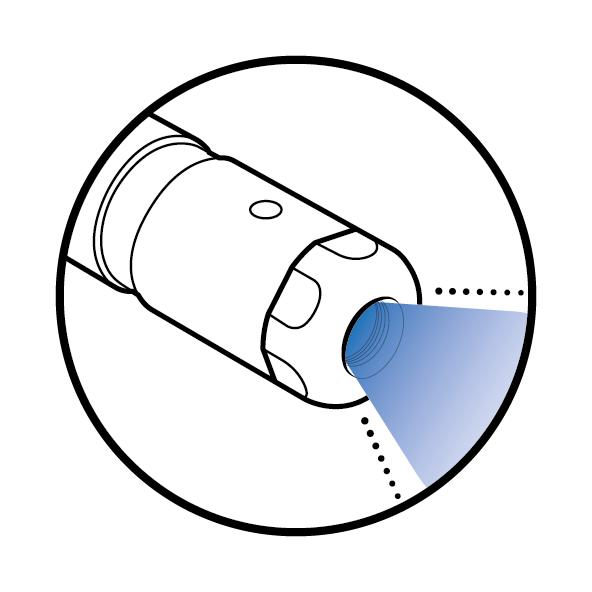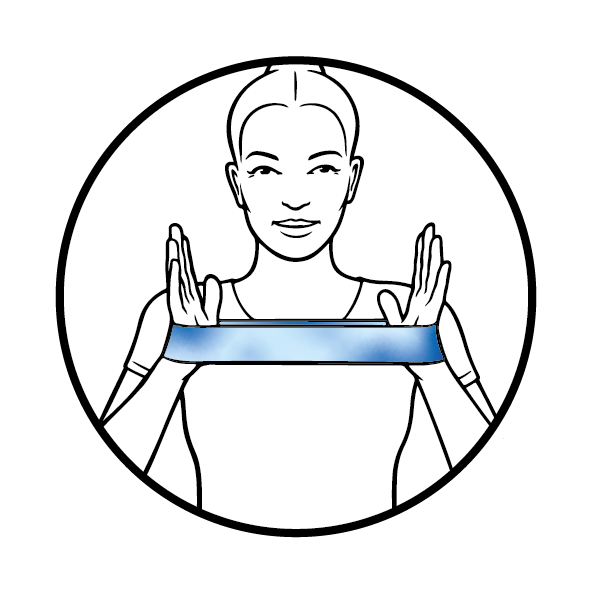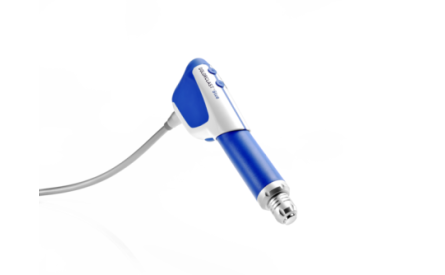You are here
02 - DolorClast® Radial Shock Waves
SEE ALL
CHAPTERS
DolorClast® Radial Shock Waves
What is radial shock wave therapy?
Radial shock wave therapy (RSWT) is a non-invasive treatment for musculoskeletal disorders that uses radial shock waves to stimulate the body's natural healing processes, enhance blood flow, and reduce pain and inflammation. It has been shown to be effective for knee osteoarthritis and is supported by clinical studies.
Radial shock wave therapy for knee osteoarthritis?
Radial shock wave therapy (RSWT) is a specific type of extracorporeal shock wave therapy that uses radial shock waves to treat musculoskeletal disorders. It is a minimally invasive treatment option that is particularly effective for knee osteoarthritis, as it can help reduce pain, improve mobility, and promote healing. RSWT works by delivering radial shock waves to the affected area, which stimulate the body's natural healing processes, enhance blood flow, and reduce inflammation. This type of shock wave therapy is a well-studied and widely used treatment modality, supported by numerous clinical studies and a growing body of evidence that demonstrate its efficacy and safety in treating a variety of musculoskeletal conditions.

Scientifically proven treatment method
Extensive research [1] supports the use of DolorClast® Radial Shock Waves in the treatment of knee osteoarthritis :
- By decreasing substance P concentration, RSWT® effectively alleviates pain. Secondly, it reduces neurogenic inflammation. A study showed that, after 3 months of RSWT®, patients had almost a 50% reduction in pain (as measured on the VAS pain scale) and significant improvement in knee function [2].
- By stimulating human mesenchymal stem cell self-renewal, RSWT® prevents cartilage degeneration and promotes its healing [3].
- RSWT® stimulates the release of VEGF (Vascular Endothelial Growth Factor), PCNA (Proliferating Cell Nuclear Antigen), and eNOS (Endothelial Nitric Oxide Synthase), substantially accelerating healing [4].
How to use radial shock wave therapy on your patients suffering from knee osteoarthritis?
Recommended settings
| Recommended settings | Treatment |
| Number of treatment sessions | 4 |
| Interval between two sessions | 1 week |
| Positive energy flux density | 0.12 mJ/mm2 to 0.24 mJ/mm2 |
| Impulses | 2000 to 4000 |
| Frequency | 8Hz |
| Applicator | 10mm |
How to obtain the best therapeutic results with radial shock wave therapy?
There is only one way to obtain optimal treatment results: to deliver as much energy to the tissue as your patient can handle. This expert knowledge can only be acquired during one of our Swiss DolorClast® Academy courses. You will learn, amongst other notions:
- How to best manipulate the handpiece?
- Which points should you be triggering?
- How to optimize your device settings?
Join a Swiss DolorClast® Academy Course to learn how to efficiently apply Radial Shock Wave Therapy to knee osteoarthritis.









